Title: Apollo GT, The American Ferrari
Author: Robb Northrop
Price: $99.95 (includes shipping in the USA and $139.95 includes international shipping) – order at this link
Length: 138 pages
Binding: hardbound
Publisher: AutoCopy Publishing
ISBN: 978-1-930182-99-8
Review by Mike Gulett –
I believe this is the only book on the subject of the Apollo GT and that will make it a rare addition to any car book collection.
The history is fascinating and has been recorded here with great attention to detail. The table of contents below shows the scope taken on by the author.
Table of Contents
Prologue – The miracle on ingenuity
Chapter One – The sports car market circa 1960 is the seed for the Apollo
Chapter Two – Defining the Apollo
Chapter Three – Frank Reisner, coachbuilder
Chapter Four – Designing – and building – the chassis
Chapter Five – The Buick Fireball aluminum V8
Chapter Six – Styling the Apollo, building the prototype
Chapter Seven – The organization of International Motor Cars
Chapter Eight – From prototype to production
Chapter Nine – The 6,000-mile production line
Chapter Ten – Marketing and selling Apollos
Chapter Eleven – A convertible, a 2+2, and future concepts
Chapter Twelve – In search of investors
Chapter Thirteen – IMC suspends production
Chapter Fourteen – Finding Apollo’s financial savior
Chapter Fifteen – Apollo flies again, then crashes
Epilogue – Life goes on
Appendices – Specifications, Bibliography
About The Author
This is a beautiful book that is presented very well. I do wish it had more photos of Apollo cars but there are many images not seen before by most people. The author conducted interviews with all, or most, of the key people involved in the Apollo GT including the three founders: Milt Brown, Ron Plescia and Ned Davis.
There is a chapter on the history of sports cars in the 1950s and 1960s that led to the development of the Apollo. This includes market research done before the Apollo was designed and built and the history of Intermeccanica (the Apollo coachbuilder) is covered as well.
On marketing the Apollo GT Milt Brown said,
From a marketing standpoint what was innovative is that we figured we could make it just selling in California. That’s where the market was.
In Los Angeles, people would go crazy over the car. We appealed to a lot of doctors and professional people. Almost every buyer that we know of used it as a daily driver.
The Appendices provides the technical specifications and the number of cars made by body type and manufacturer (International Motor Cars, Vanguard Motors and Apollo International).
The price of this book is not cheap but does include shipping and takes into account that this is a low volume book making it rare like the Apollo GT itself.
I recommend this book for anyone interested in the subject of the Apollo GT.
Let us know what you think in the Comments.
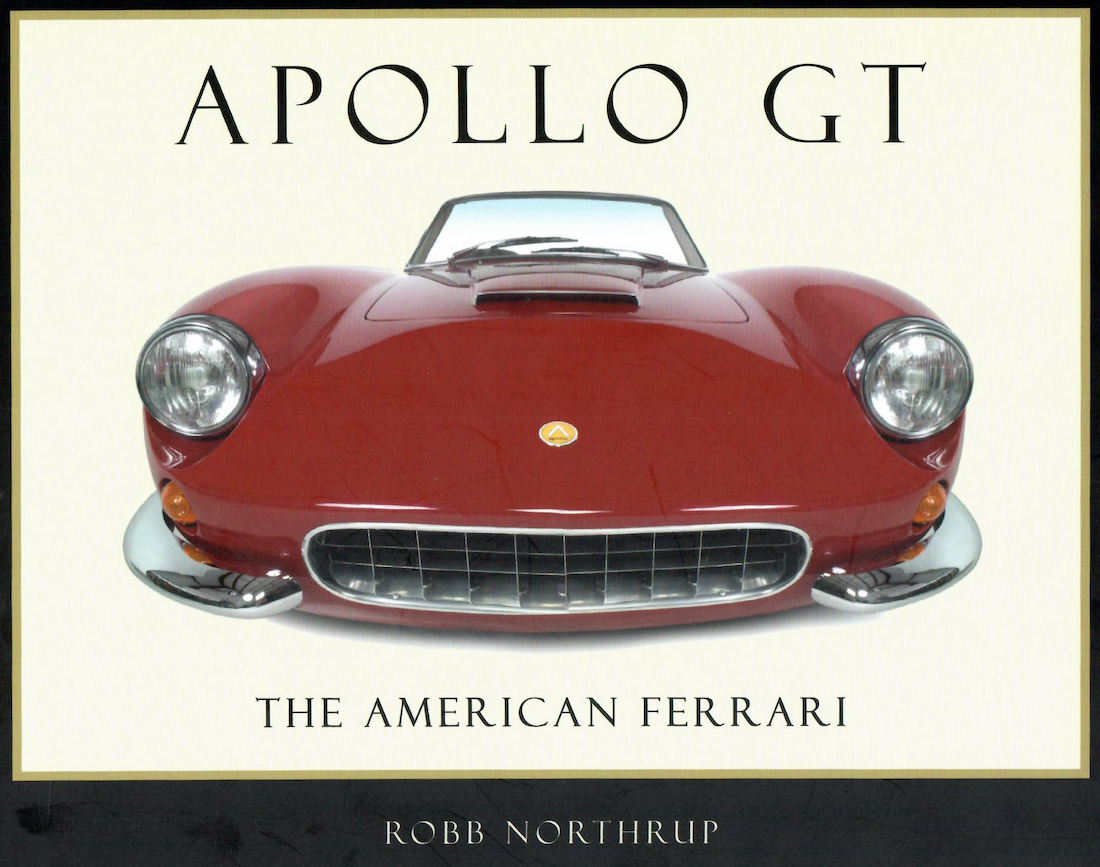
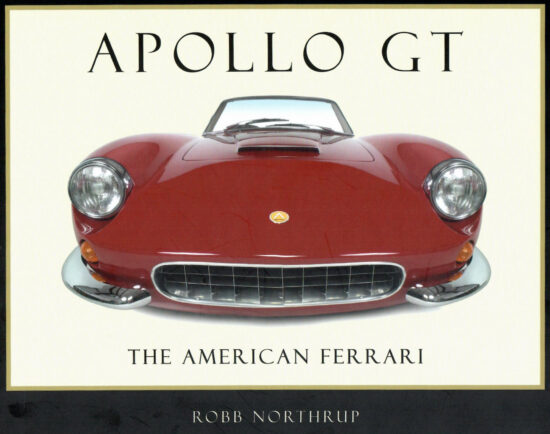
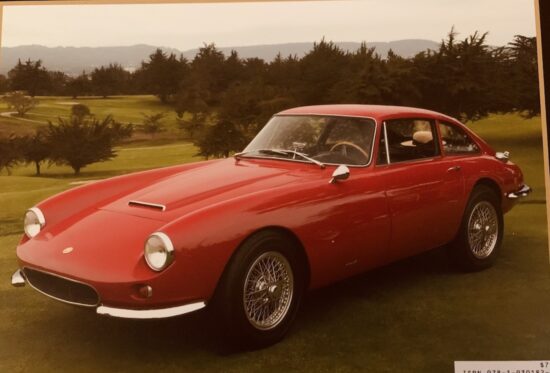

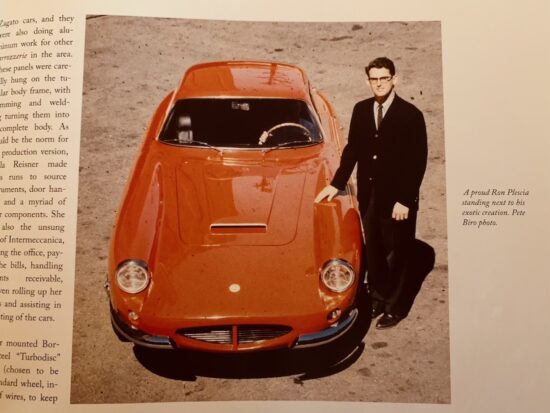
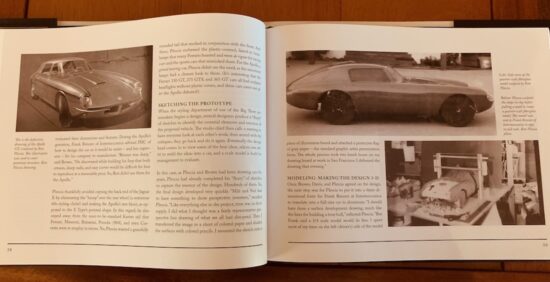
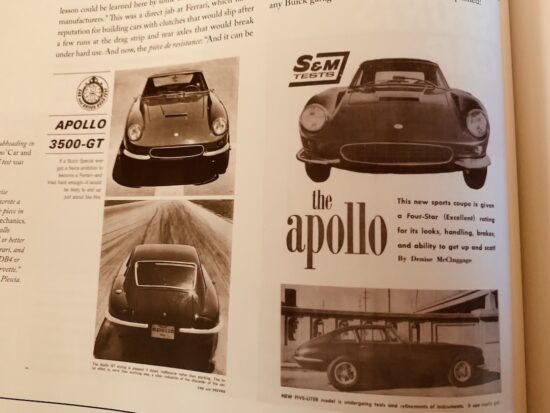



Mike, et al,
I have a copy of this book and enjoy re-reading it still. I learned even more details about the Apollo and always enjoy the story.
I agree. I wish there were more pictures of it and details of the development, performance (the little vignettes and process stories that go into creating and improving a product), and stories of individual Apollo’s and there owners – whatever is known of those produced – and any stories current owners are willing to share.
Unfortunately I don’t think this book is still in print.
Josh
Is this a print-on-demand, (i.e. print-to-order) book? If not, what is the planned print run?
Dan Eastwood: It is NOT print on demand. Books are in stock now.
Robb Northrup
Awesome! Great to hear that your books are back in stock!
Robb,
I am finally restoring my Apollo (VIN 6).
Will you please email me, as I have quite a few questions.
Thank you,
Ted
Order at this link:
https://www.apollogtbook.com/apollo-gt-book-homepage
The book looks terrific!!! Somebody should also write a book about Intermeccanica – that company has a fascinating history as well.
Glenn in Brooklyn, NY.
I do think Intermeccanica will be interesting–I think there is one book already. Overall I am disappointed why they went into Porschereplicars instead of further with the Italia, Perhaps new laws would have required re-engineering the Italia